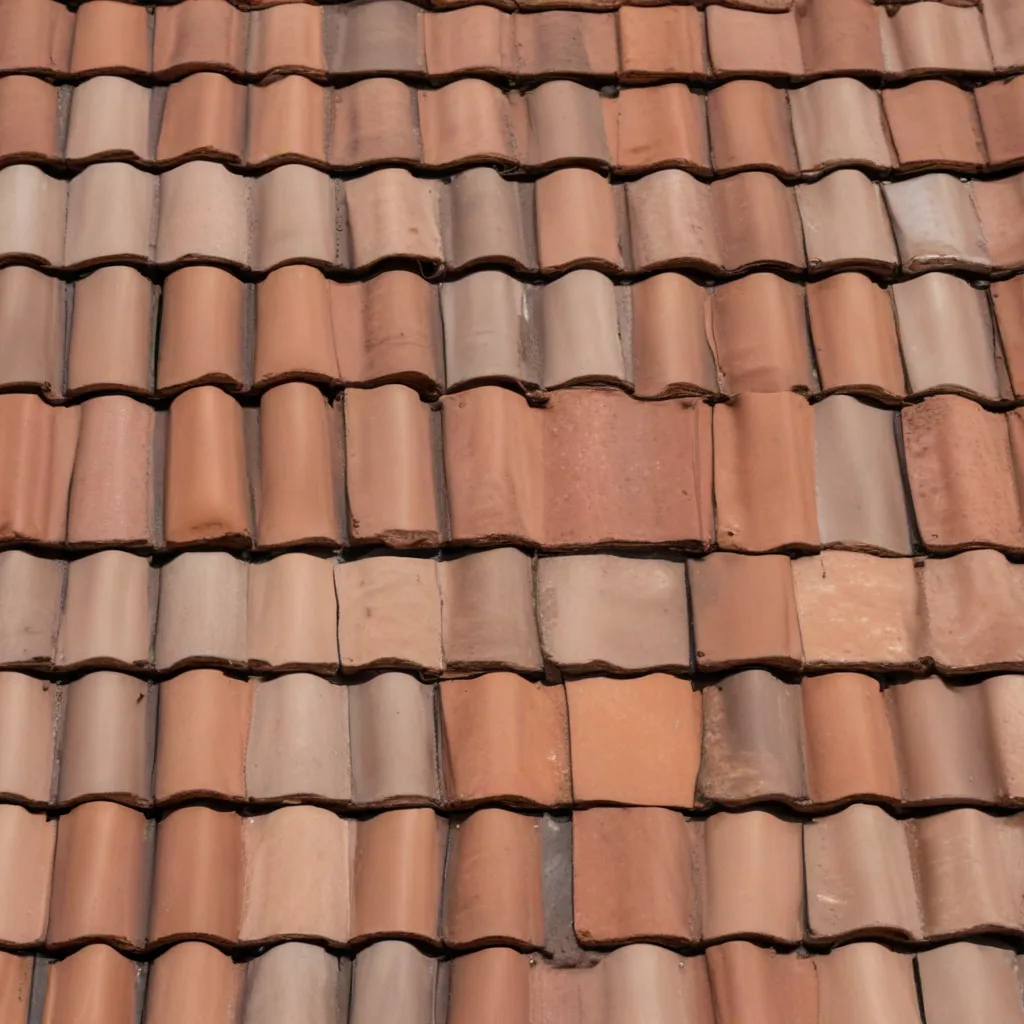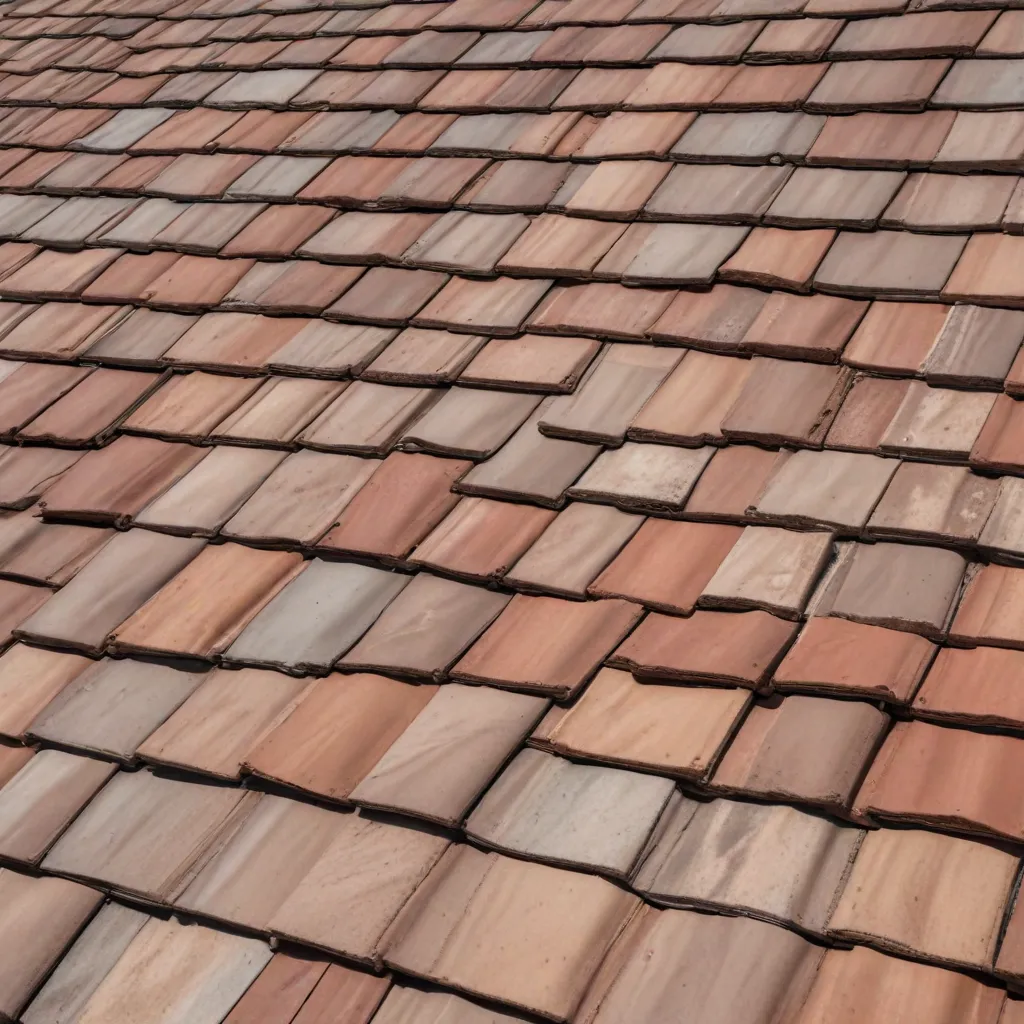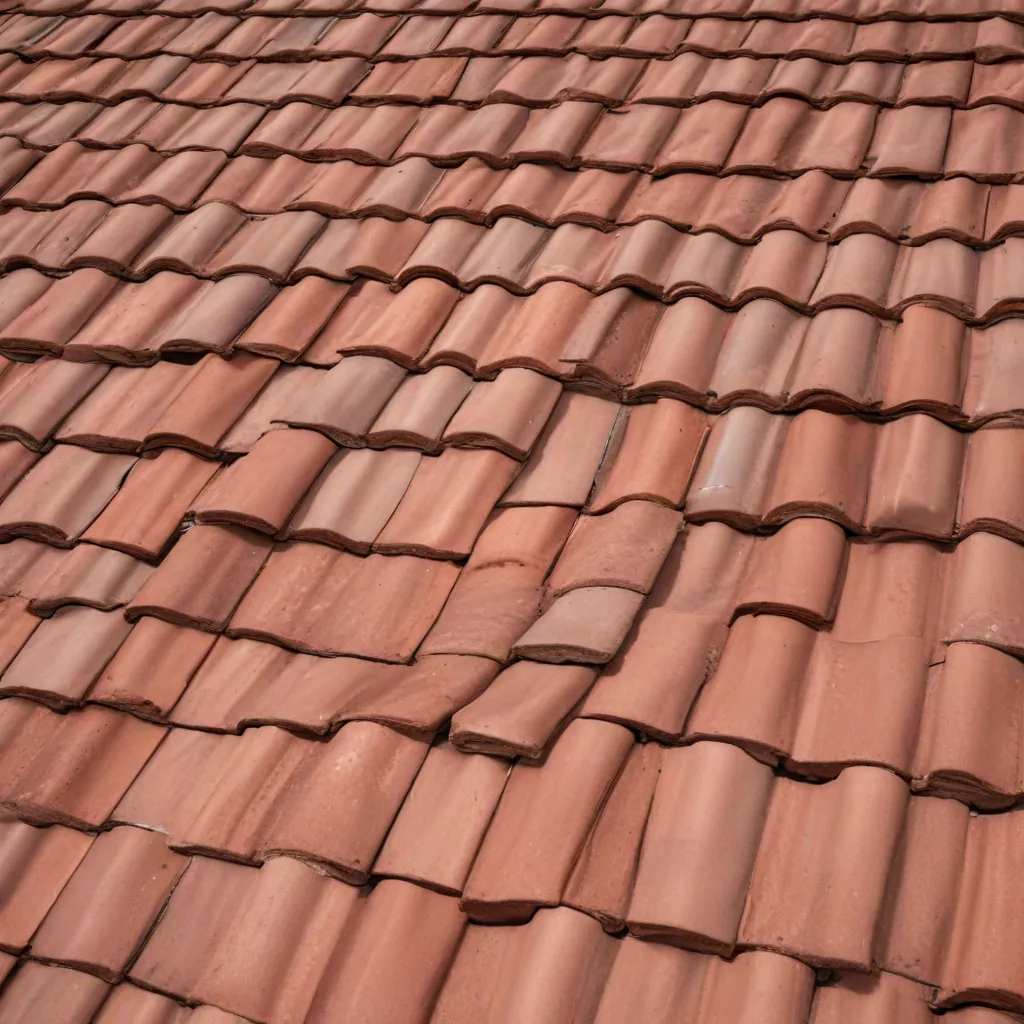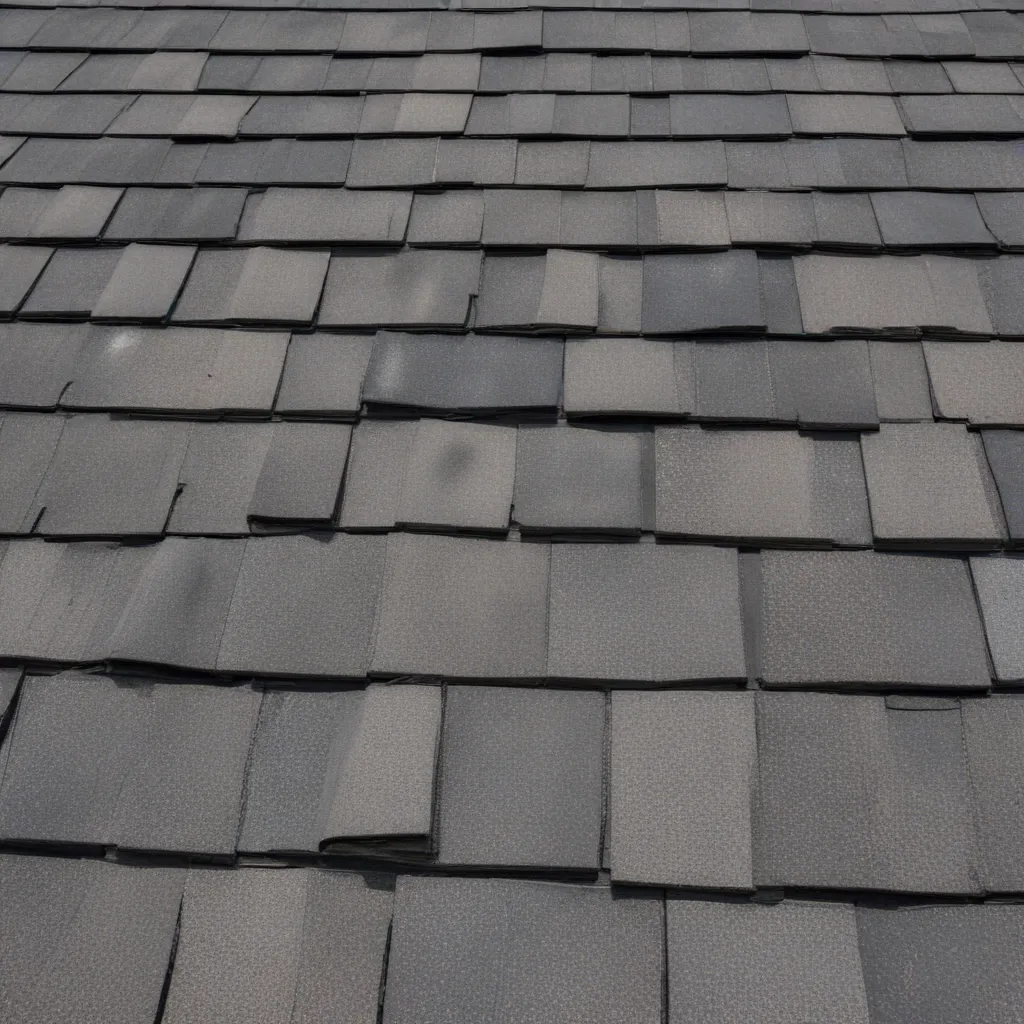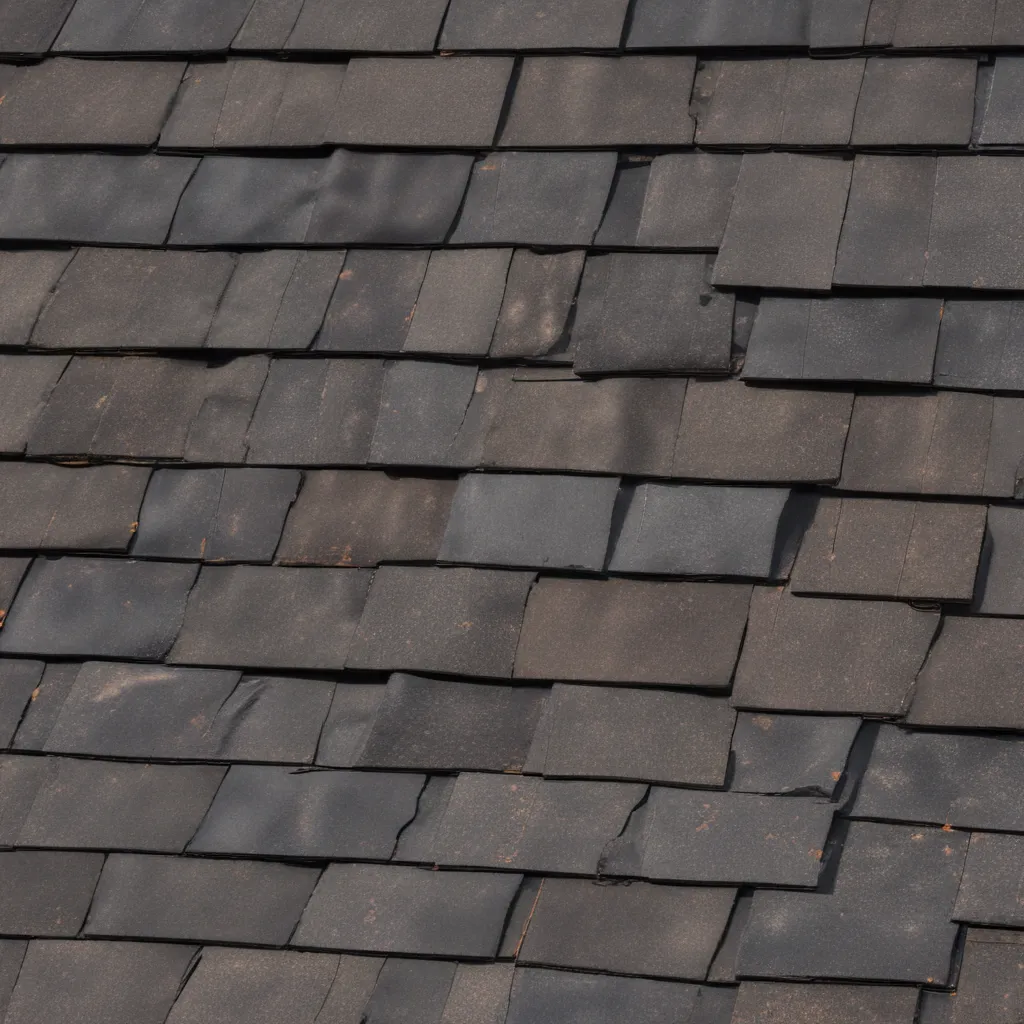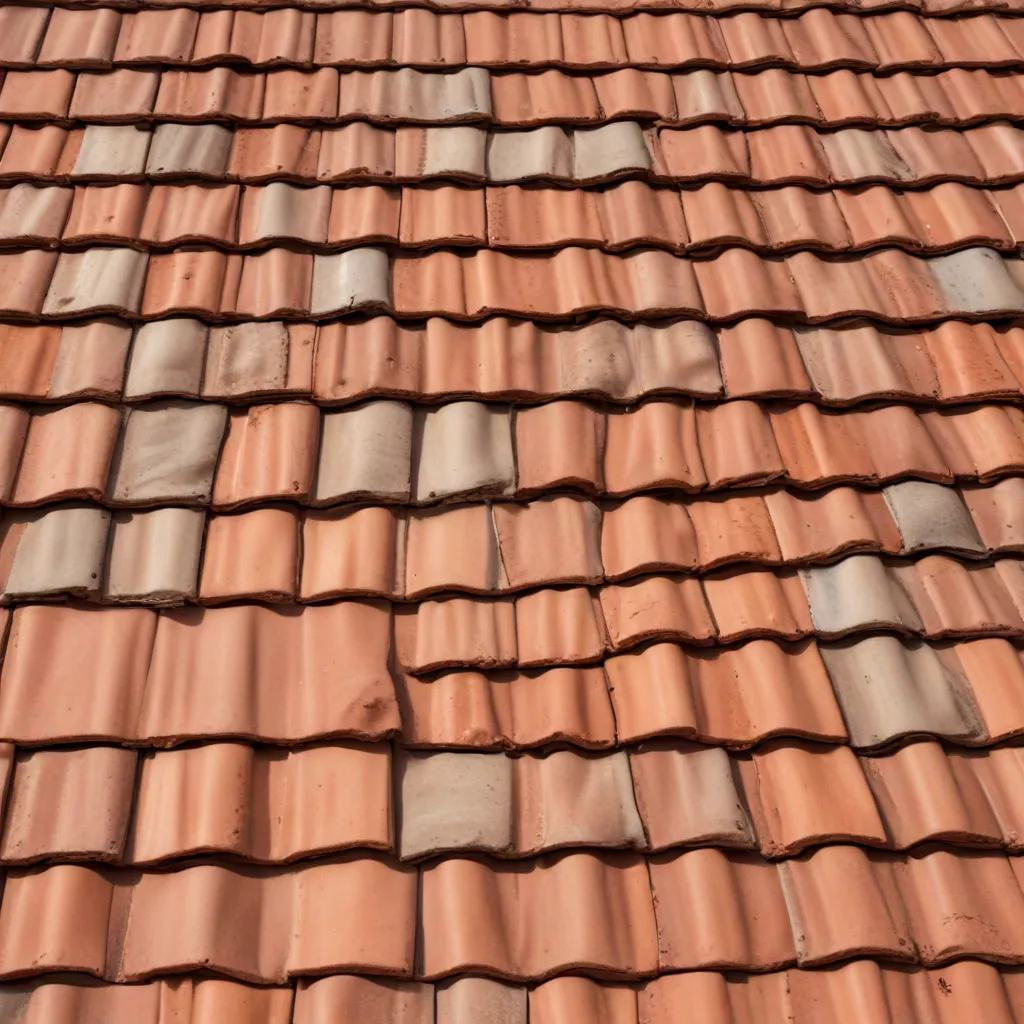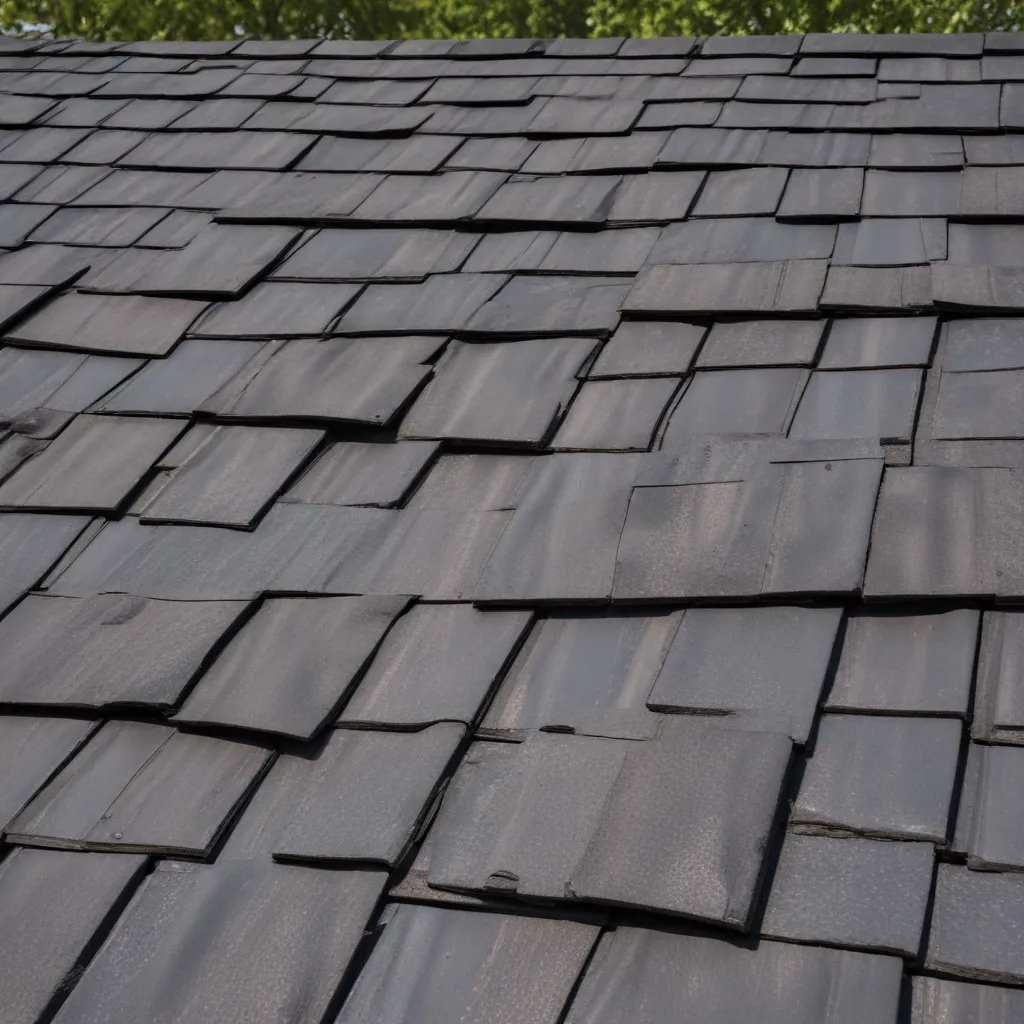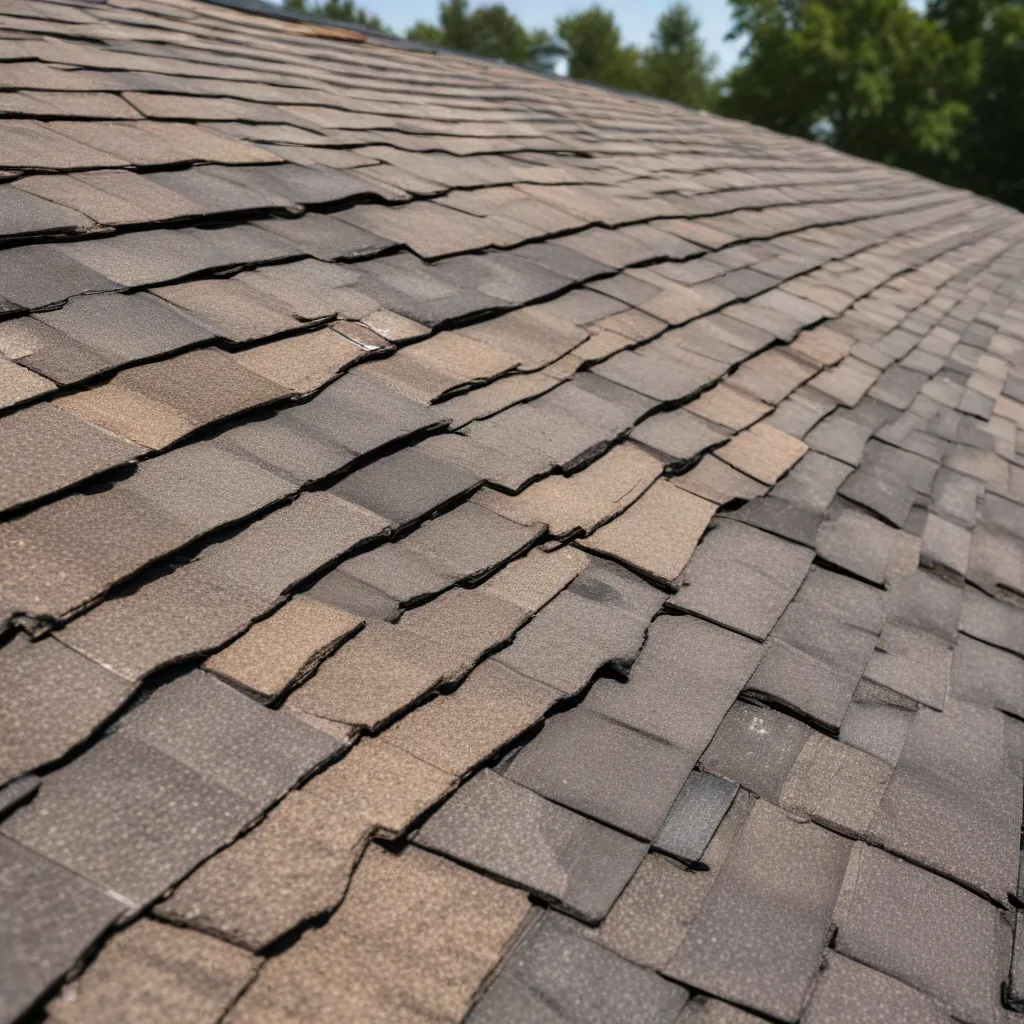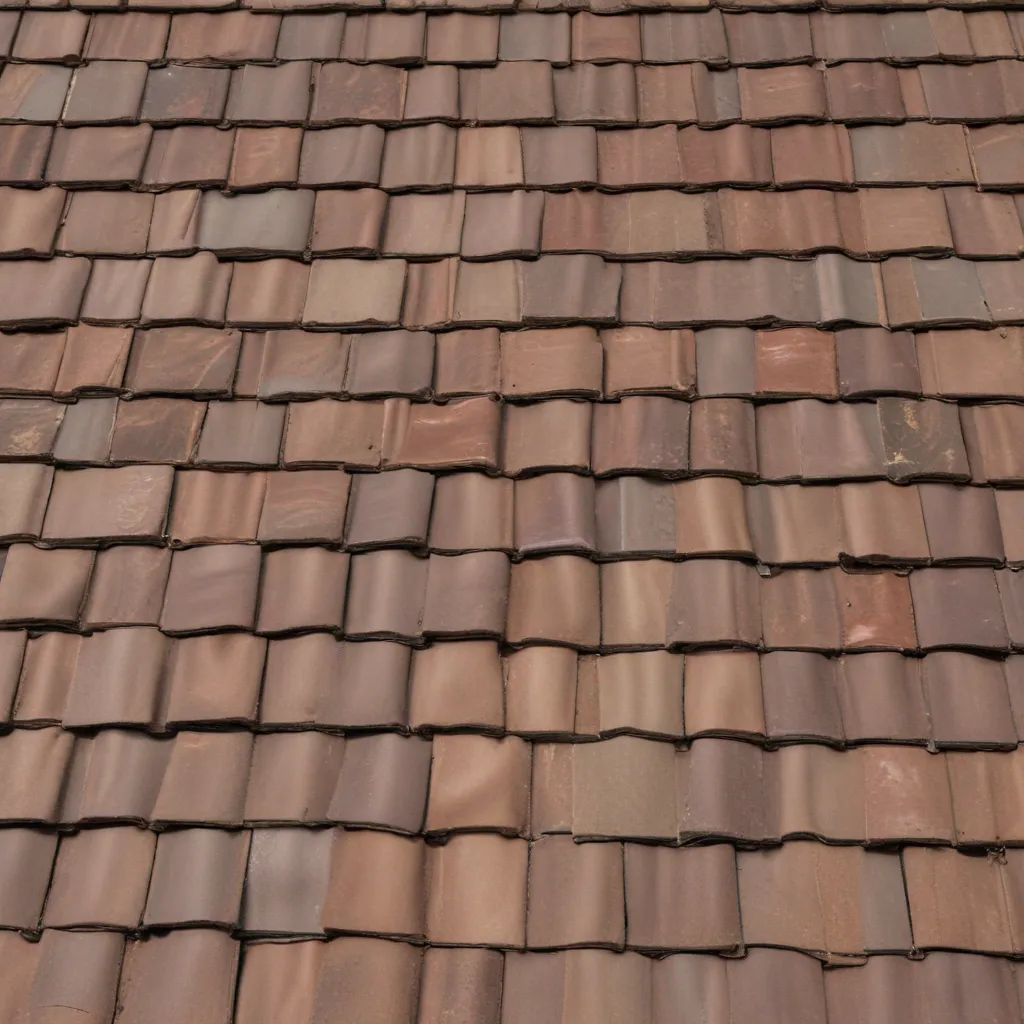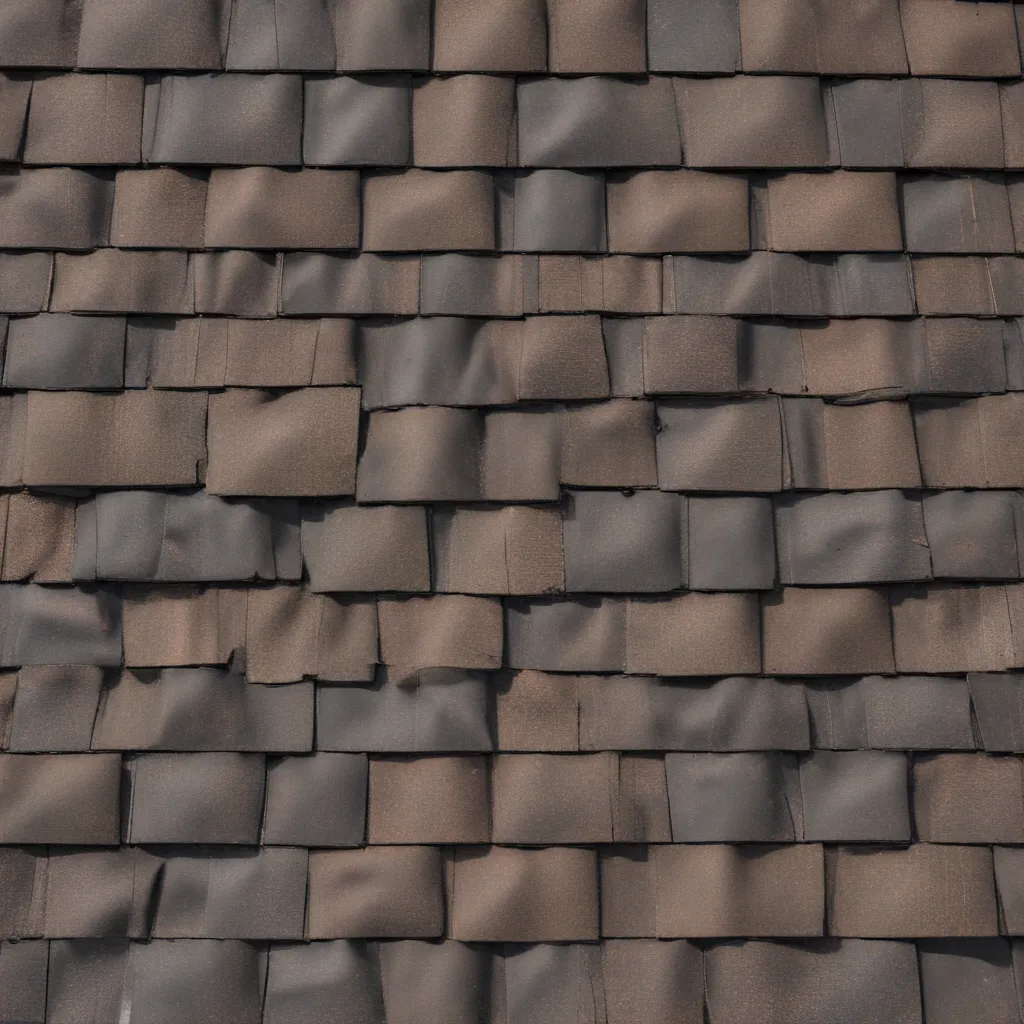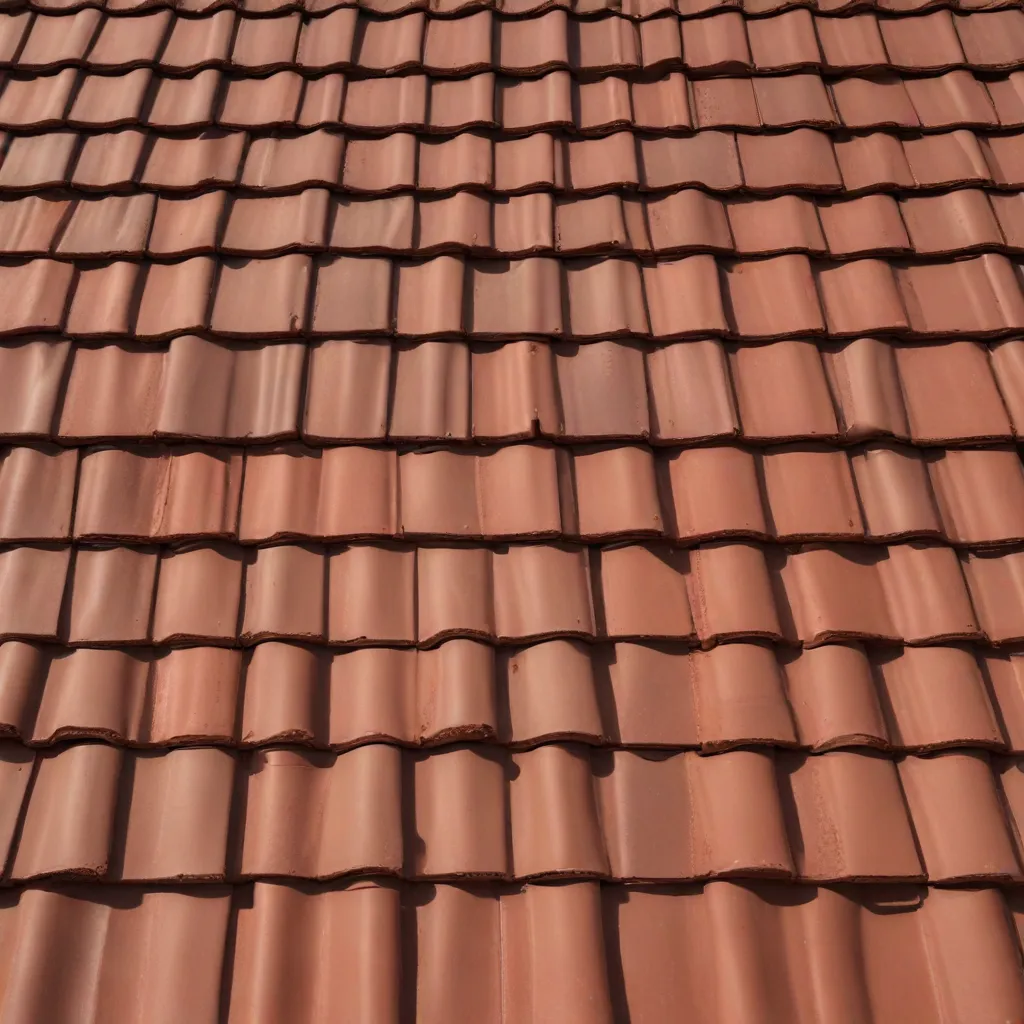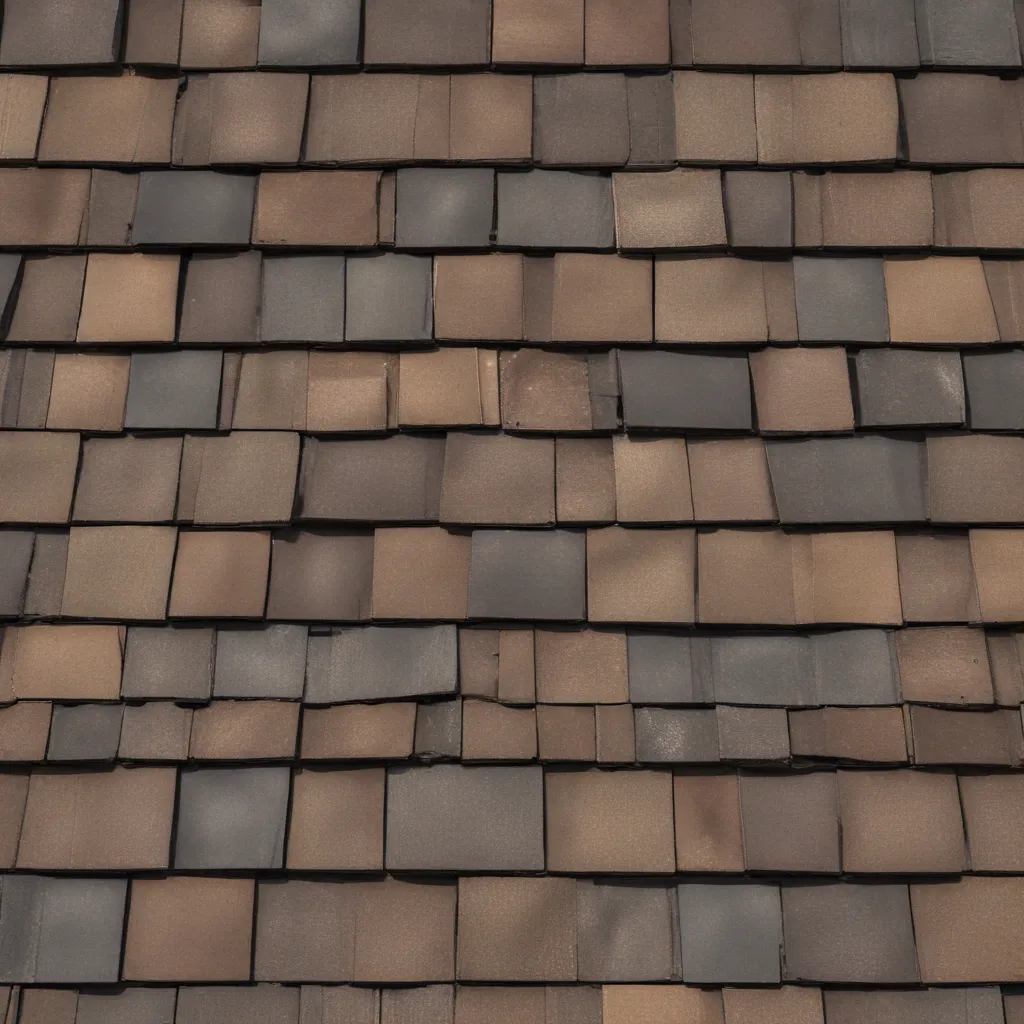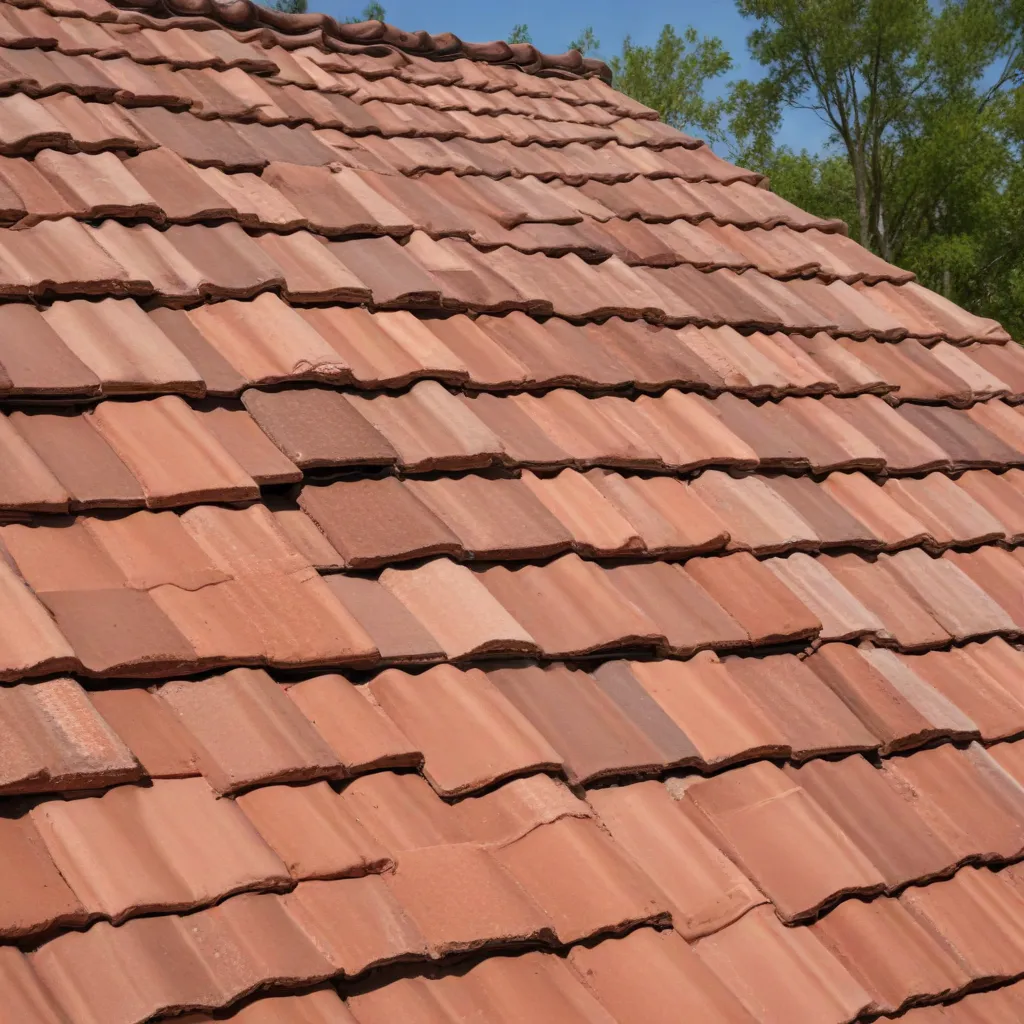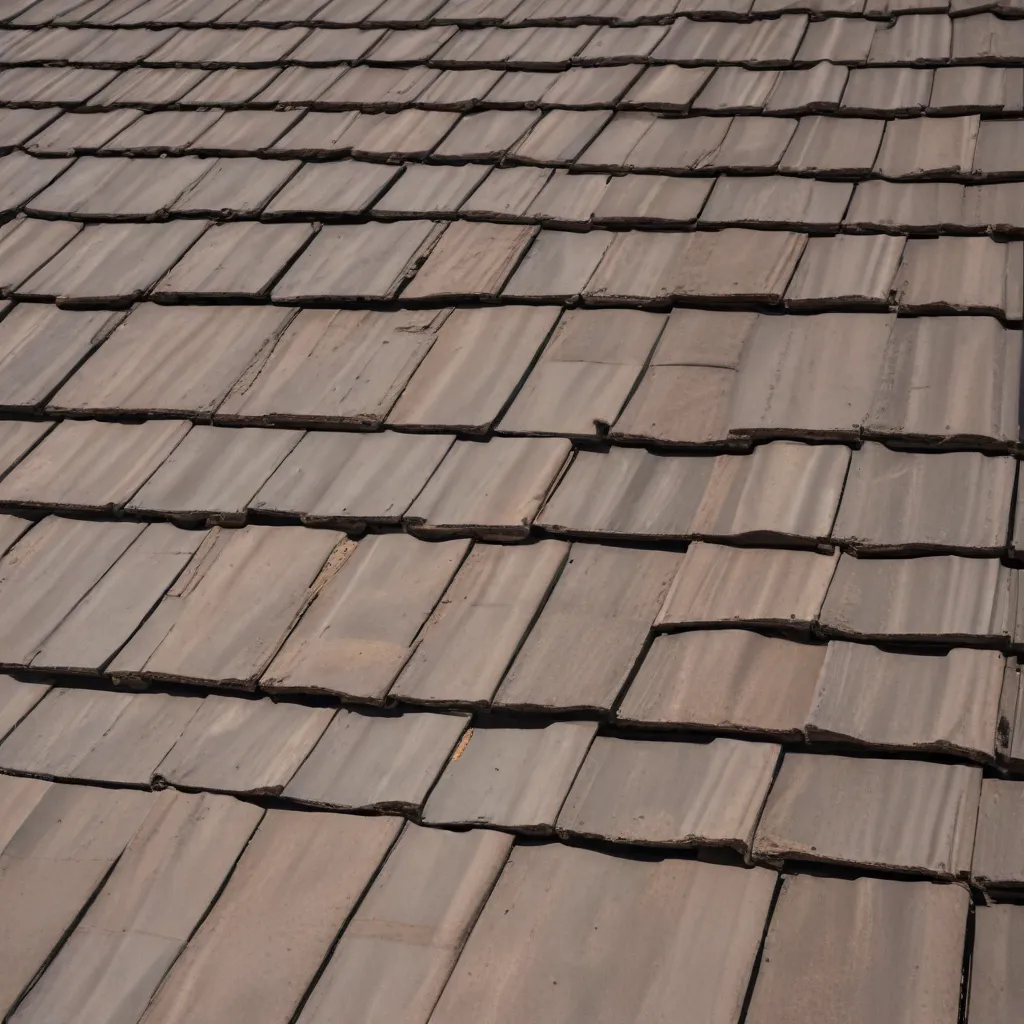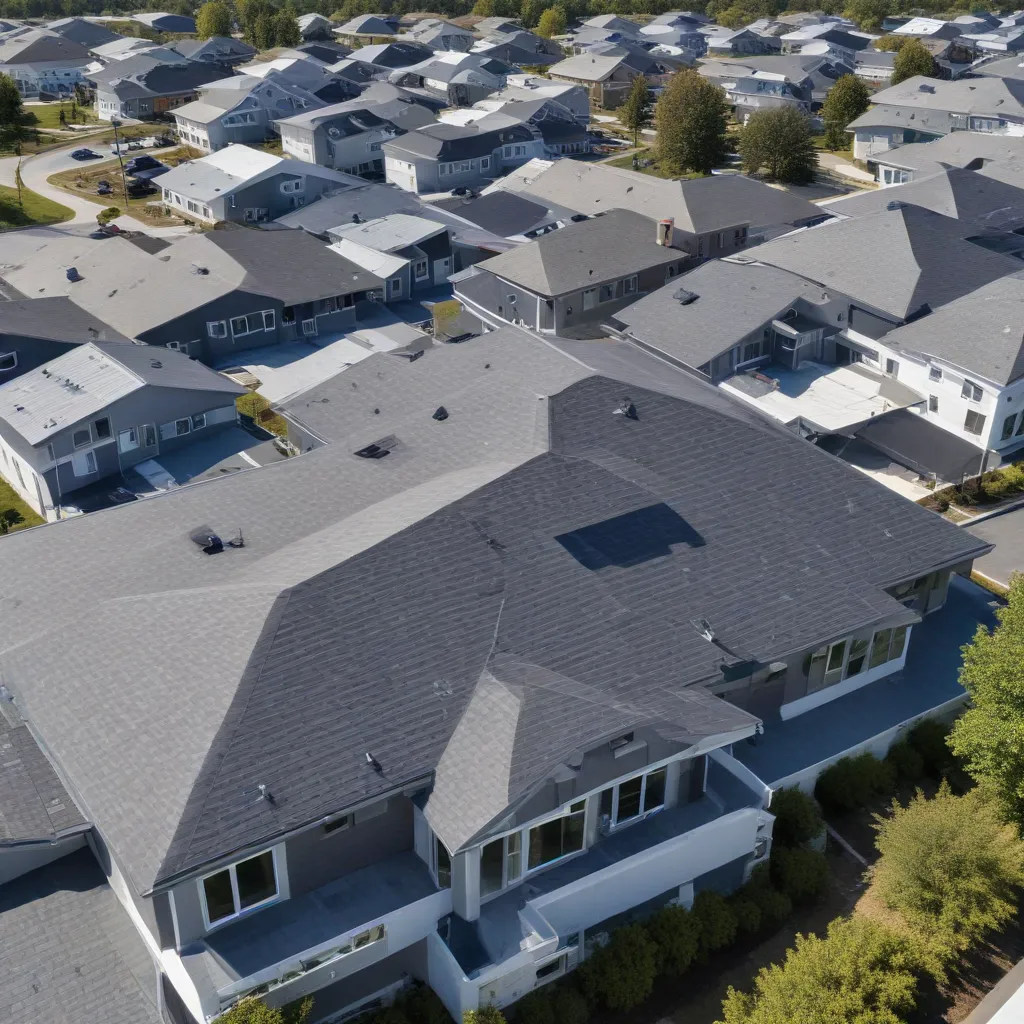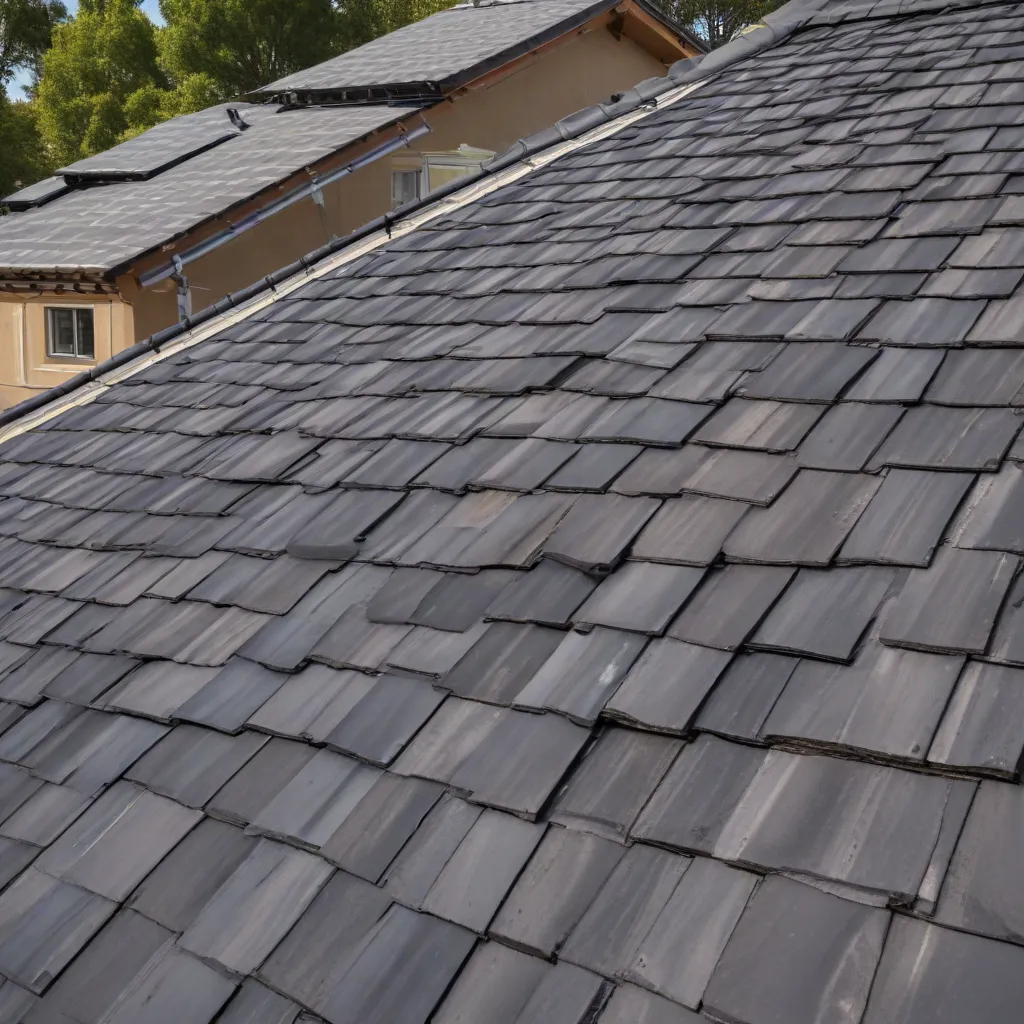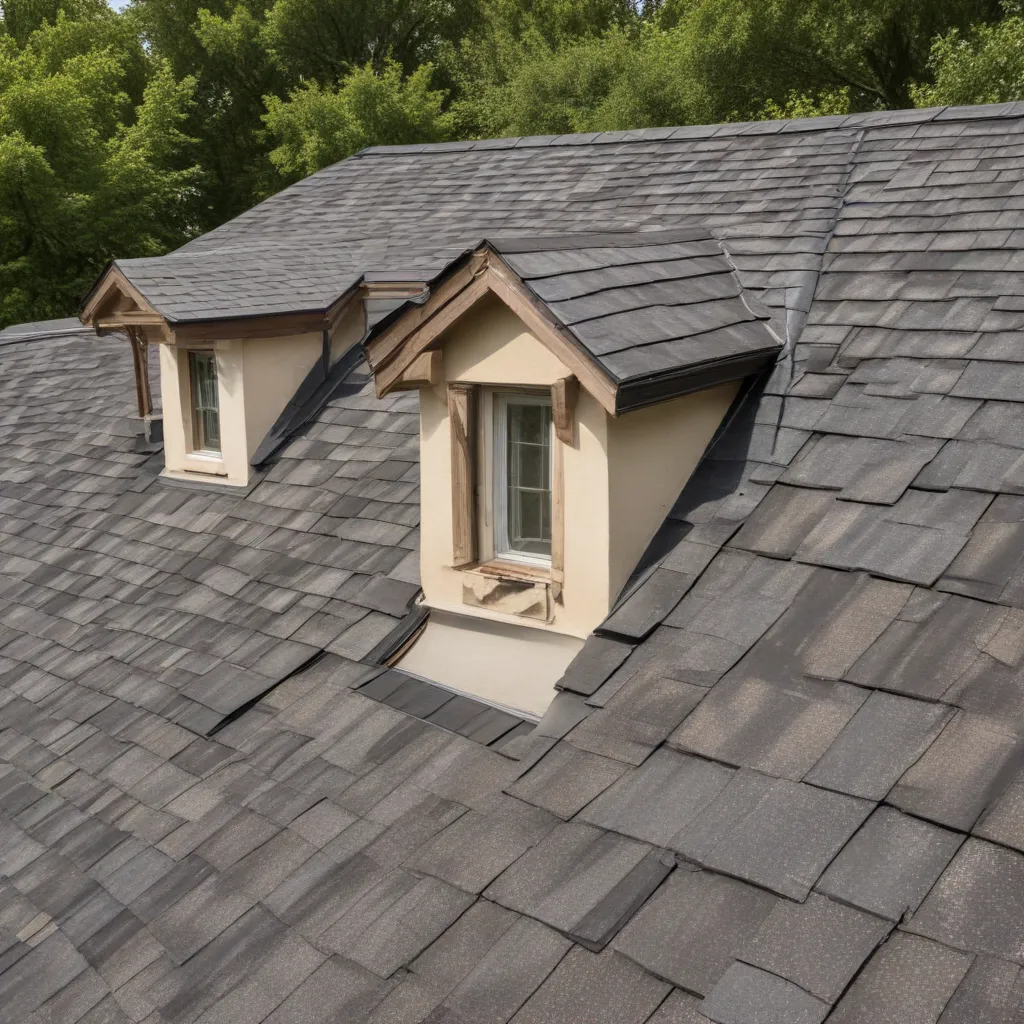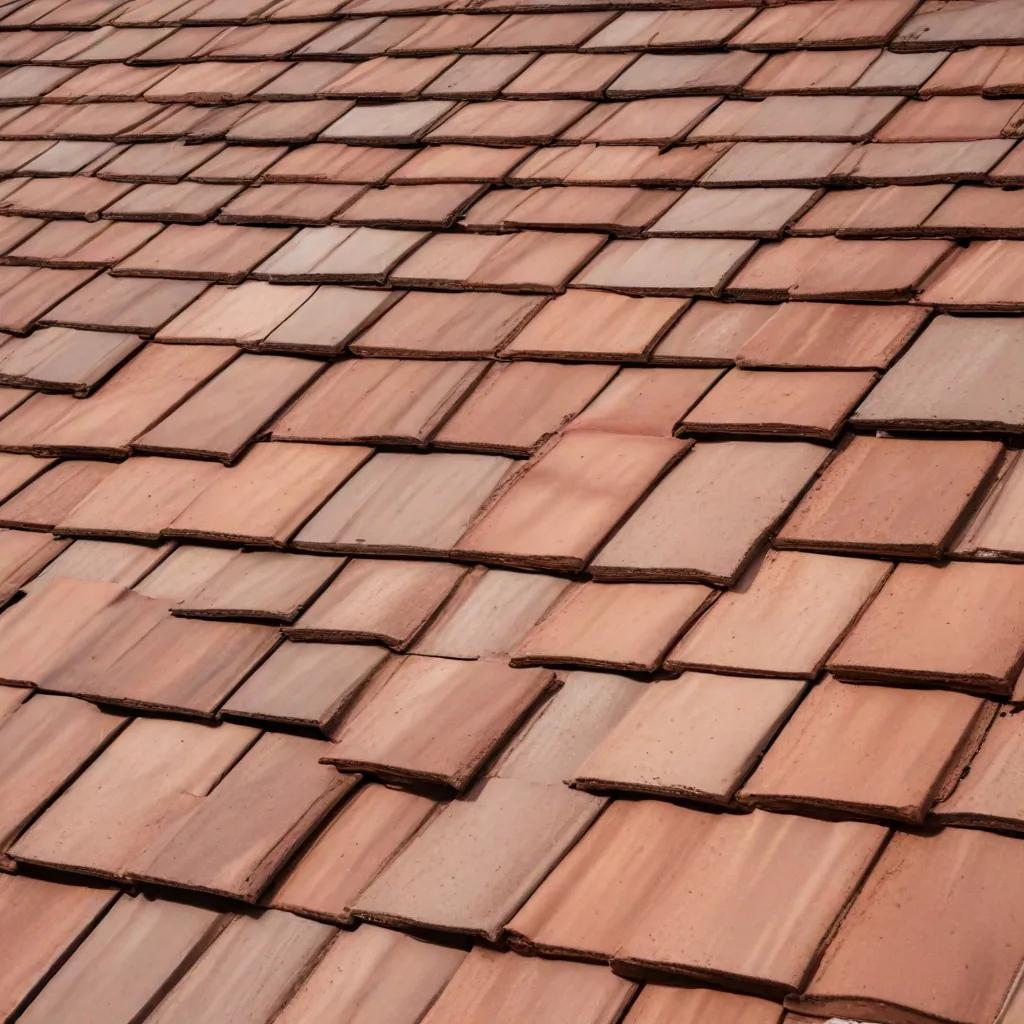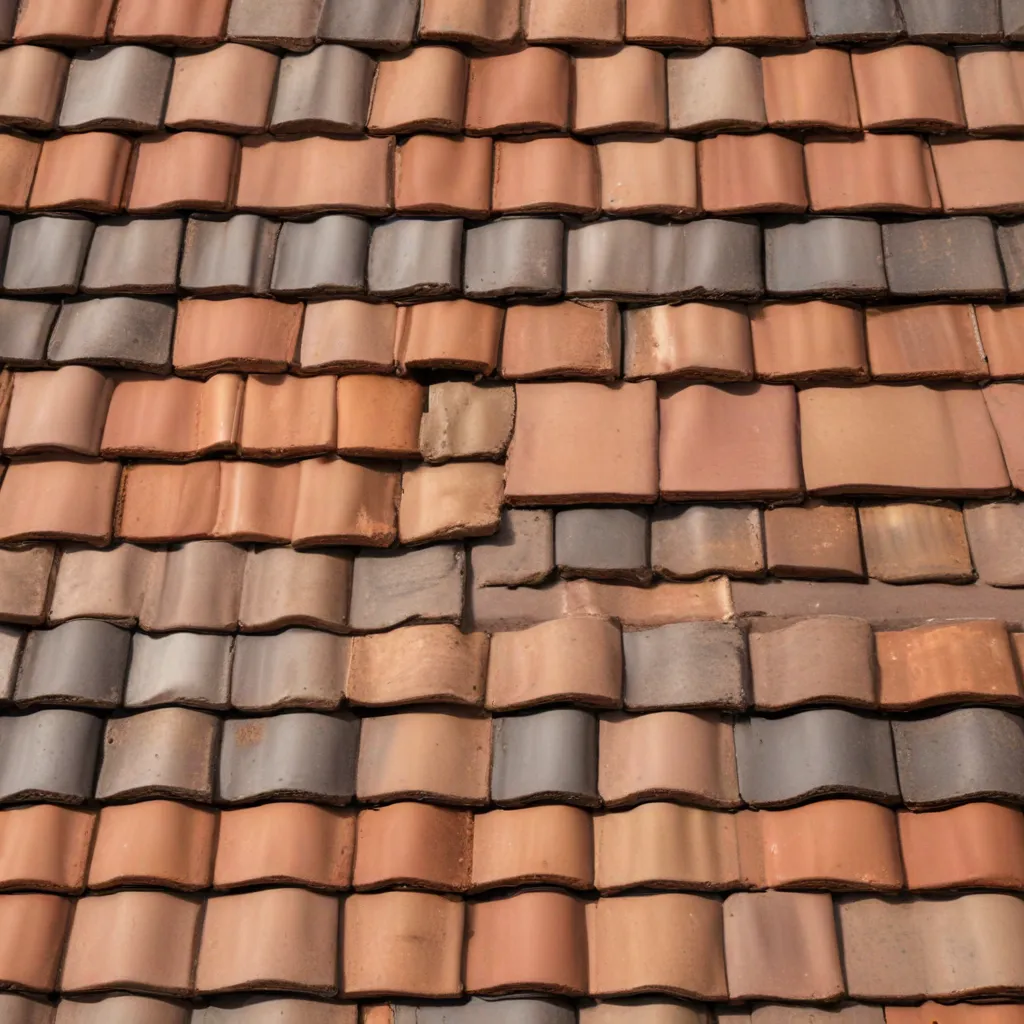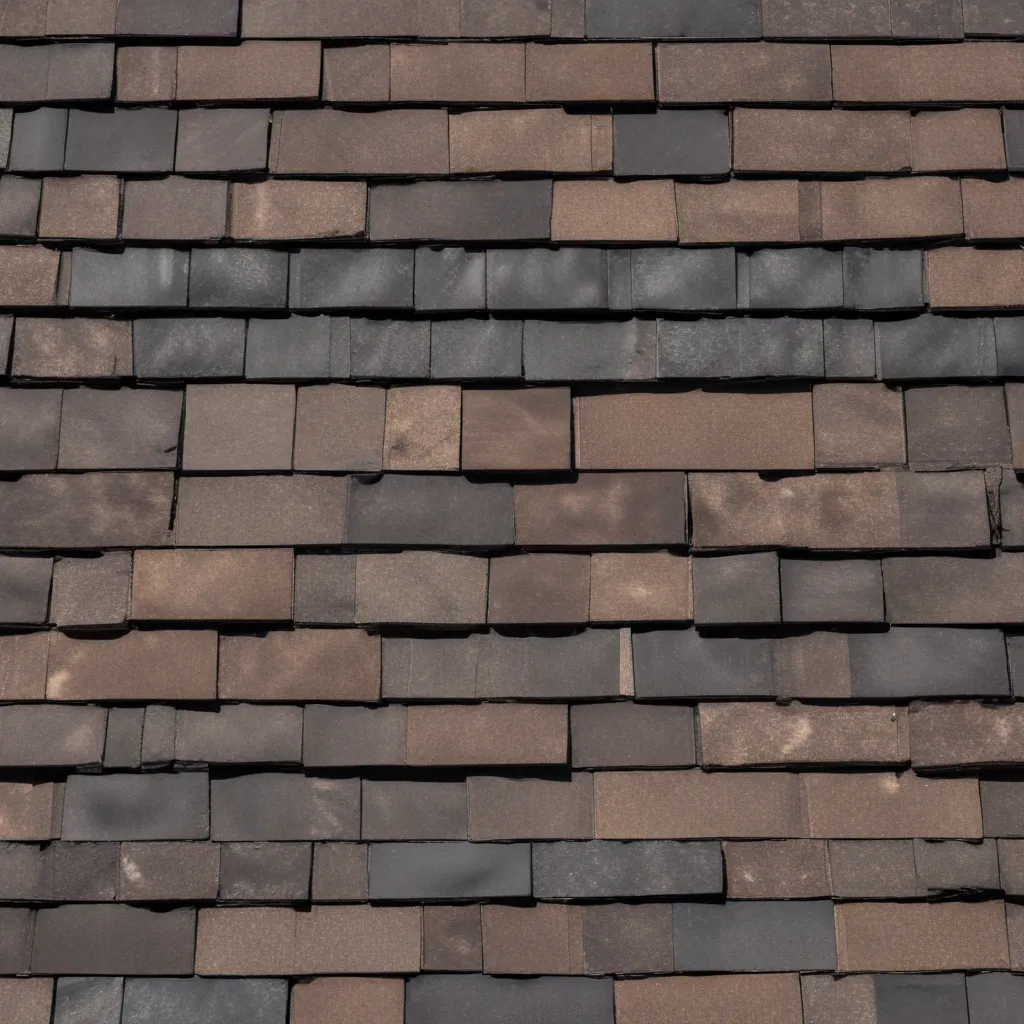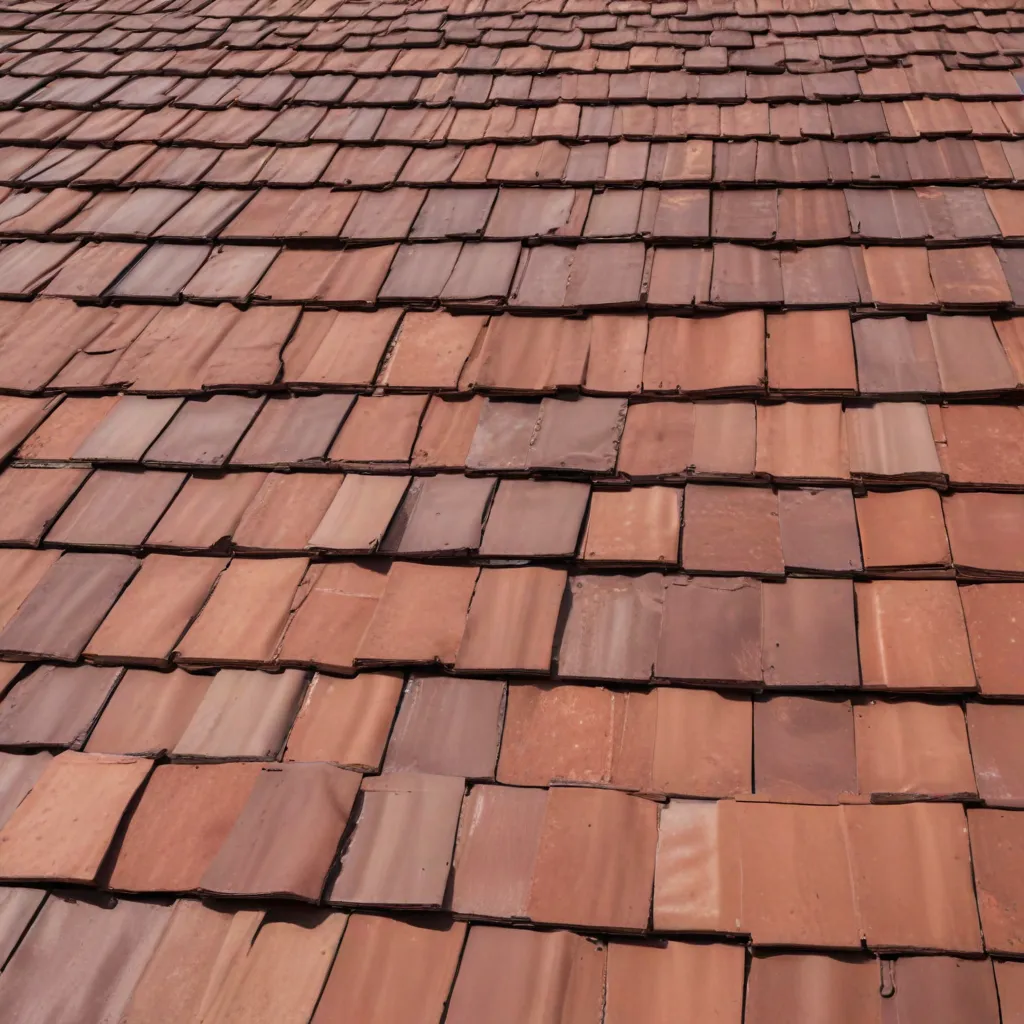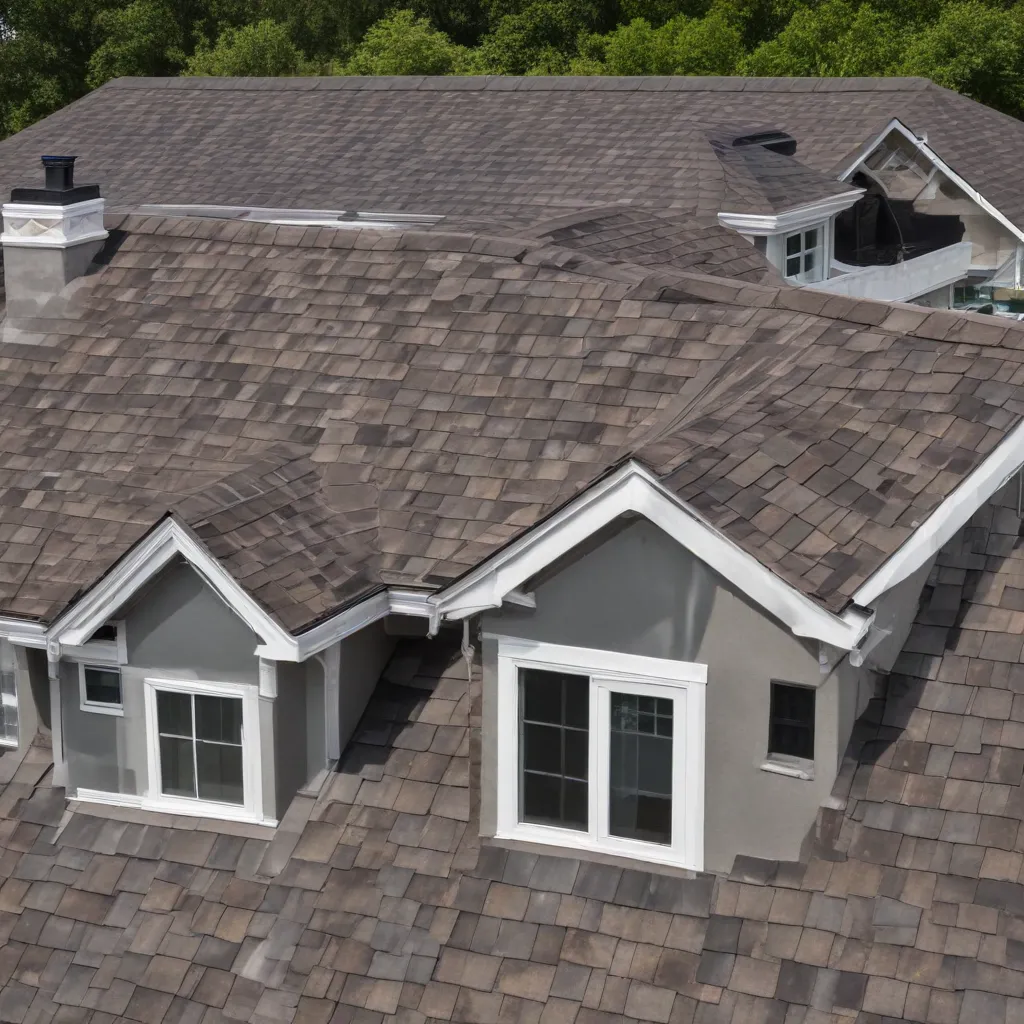
As an experienced roofing specialist at Genuine Roof Systems, I’m excited to delve into the remarkable advantages of composite roofing materials. Beyond their aesthetic appeal, these innovative solutions offer remarkable enhancements to thermal comfort and indoor air quality – two crucial factors that can significantly impact the well-being and energy efficiency of any building.
Characteristics of Composite Roofing
Composite roofing is a versatile and durable option that combines the best features of various roofing materials. These systems typically consist of a fiberglass or asphalt base layered with polymer-modified asphalt and topped with a granular surface. This unique composition provides superior strength, weather resistance, and a wide range of customizable colors and textures.
Advantages of Composite Roofing
Compared to traditional roofing options, composite materials offer several notable advantages:
- Durability: Composite roofs are highly resistant to damage from UV rays, hail, wind, and fire, ensuring long-lasting performance.
- Aesthetic Versatility: The broad palette of colors and styles allows homeowners and building designers to create visually stunning and harmonious roof designs.
- Low Maintenance: Composite roofs require minimal upkeep, with limited need for repairs or replacements over their extended lifespan.
- Affordability: While initially more expensive than some options, composite roofs often provide a favorable return on investment through their longevity and energy-saving benefits.
Composition and Structure
The key to the exceptional performance of composite roofing lies in its multilayered construction. The base layer, typically made of fiberglass or asphalt, provides a sturdy foundation. The middle layer consists of polymer-modified asphalt, which enhances flexibility, impact resistance, and weatherproofing. Finally, the granular surface—often composed of ceramic-coated mineral granules—protects the underlying layers from UV damage and adds visual appeal.
This thoughtful blend of materials and structural elements equips composite roofs with the durability and versatility to excel in a wide range of climates and architectural styles.
Thermal Comfort and Insulation
One of the standout advantages of composite roofing is its ability to enhance thermal comfort and energy efficiency within a building. By effectively regulating heat transfer, these systems can significantly improve occupant comfort and reduce the burden on HVAC systems.
Thermal Regulation
Composite roofs excel at thermal regulation, maintaining a comfortable indoor environment by minimizing heat gain during hot weather and retaining warmth during colder months. This is achieved through a combination of the roof’s insulative properties and its ability to reflect or absorb solar radiation.
The polymer-modified asphalt and granular surface work in tandem to manage heat transfer. The asphalt layer provides a formidable barrier to conductive heat flow, while the reflective granules on the surface can bounce a significant portion of the sun’s rays back into the atmosphere, reducing the overall thermal load on the building.
Energy Efficiency
The thermal management capabilities of composite roofing translate directly into energy savings for building owners and operators. By minimizing the need for intensive heating and cooling, these systems can significantly reduce a structure’s energy consumption and associated operating costs.
Additionally, the low thermal emissivity of the granular surface helps to retain heat during colder periods, further enhancing the overall energy efficiency of the building envelope.
Insulation Properties
The multilayered construction of composite roofs provides robust insulation, which is crucial for maintaining optimal indoor temperatures. The fiberglass or asphalt base, combined with the polymer-modified asphalt, creates an effective barrier against heat transfer, helping to keep the building’s interior comfortable and energy-efficient.
Compared to traditional roofing materials, the insulative value of composite systems can be up to 30% higher, contributing to substantial heating and cooling savings over the life of the roof.
Indoor Air Quality
Beyond thermal comfort, composite roofing also plays a pivotal role in enhancing indoor air quality (IAQ) – a critical consideration for the health and well-being of building occupants.
Moisture Management
One of the primary ways composite roofing supports improved IAQ is through effective moisture management. The durable, water-resistant design of these systems helps to prevent the ingress of moisture, which can lead to the growth of harmful mold and mildew.
The polymer-modified asphalt layer acts as a robust barrier, repelling water and minimizing the risk of leaks or condensation buildup. This, in turn, helps to maintain a dry, healthy indoor environment, reducing the potential for mold-related health issues and structural damage.
Ventilation Improvement
Composite roofing can also contribute to enhanced ventilation within a building. The reflective granular surface can help to reduce the overall thermal load, which, in turn, can improve the efficiency and performance of the building’s HVAC system.
Improved ventilation helps to dilute and remove indoor pollutants, such as volatile organic compounds (VOCs), carbon dioxide, and airborne particulates. This results in a cleaner, more breathable indoor environment that supports the health and productivity of the building’s occupants.
Mold and Mildew Prevention
The moisture resistance and ventilation properties of composite roofing work together to effectively prevent the growth of mold and mildew – common issues that can significantly compromise indoor air quality.
By maintaining a dry, well-ventilated roof assembly, composite systems minimize the risk of water intrusion and stagnation, which are the primary drivers of mold and mildew development. This proactive approach to IAQ helps to safeguard the building’s structural integrity and the health of its inhabitants.
Environmental Sustainability
In addition to the tangible benefits of thermal comfort and indoor air quality, composite roofing systems also contribute to environmentally sustainable building practices.
Recycled Content
Many composite roofing products incorporate a significant percentage of recycled materials, such as post-consumer plastics and post-industrial fiberglass. This approach helps to divert waste from landfills and reduces the environmental impact associated with the extraction and processing of virgin raw materials.
Durability and Longevity
The exceptional durability and longevity of composite roofing systems translate into reduced resource consumption and waste generation over the life of a building. These robust roofs can often outlast traditional asphalt or tile options, requiring fewer replacements and reducing the environmental footprint of maintenance and repair activities.
Eco-Friendly Production
The manufacturing processes for composite roofing materials are increasingly embracing sustainable practices, such as the use of renewable energy sources, water conservation, and the implementation of waste reduction strategies. This holistic approach to eco-friendly production further enhances the environmental credentials of these roofing solutions.
As homeowners and building professionals explore genuine roofing options, the compelling advantages of composite materials – from their thermal and indoor air quality benefits to their environmental sustainability – make them a standout choice for enhancing the comfort, efficiency, and long-term performance of any structure. Genuine Roof Systems is proud to offer a wide range of composite roofing solutions that deliver on both form and function, empowering our clients to create spaces that are not only aesthetically pleasing but also healthier and more energy-efficient.

